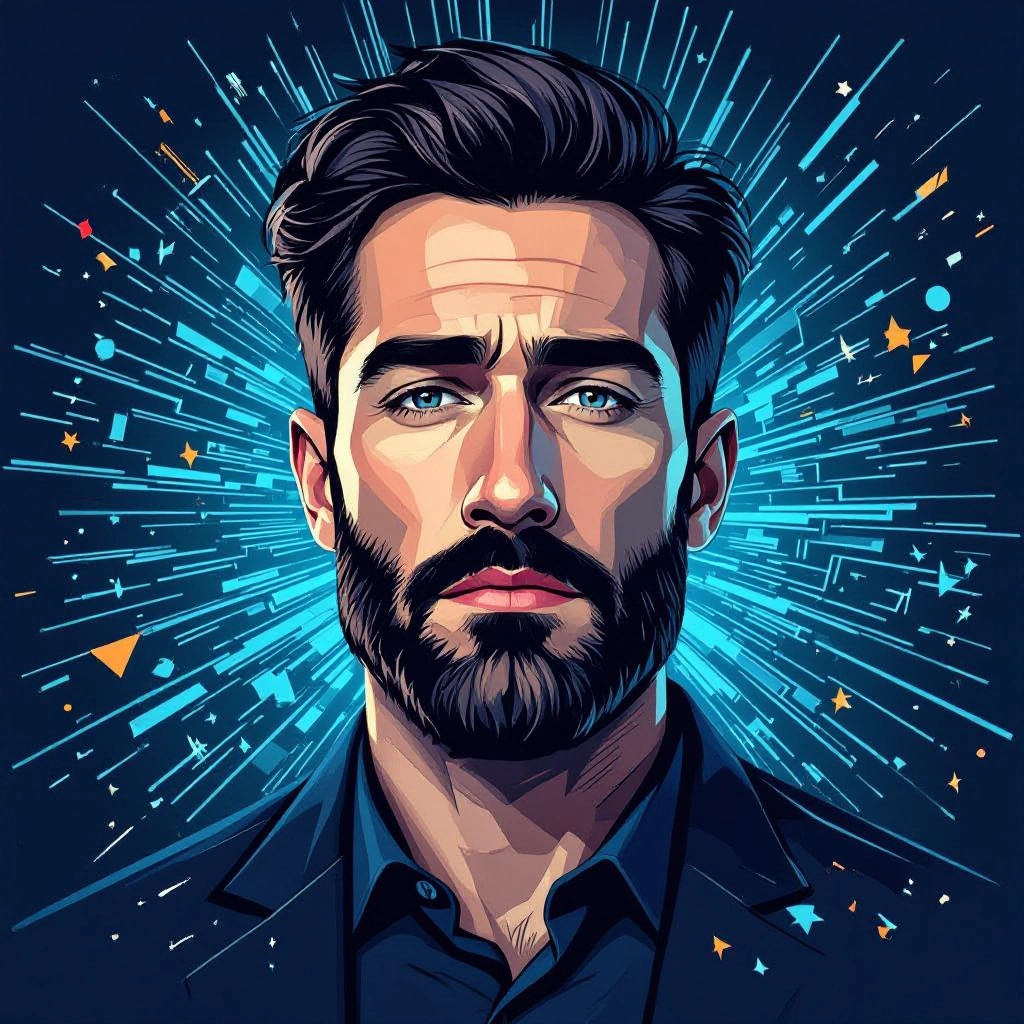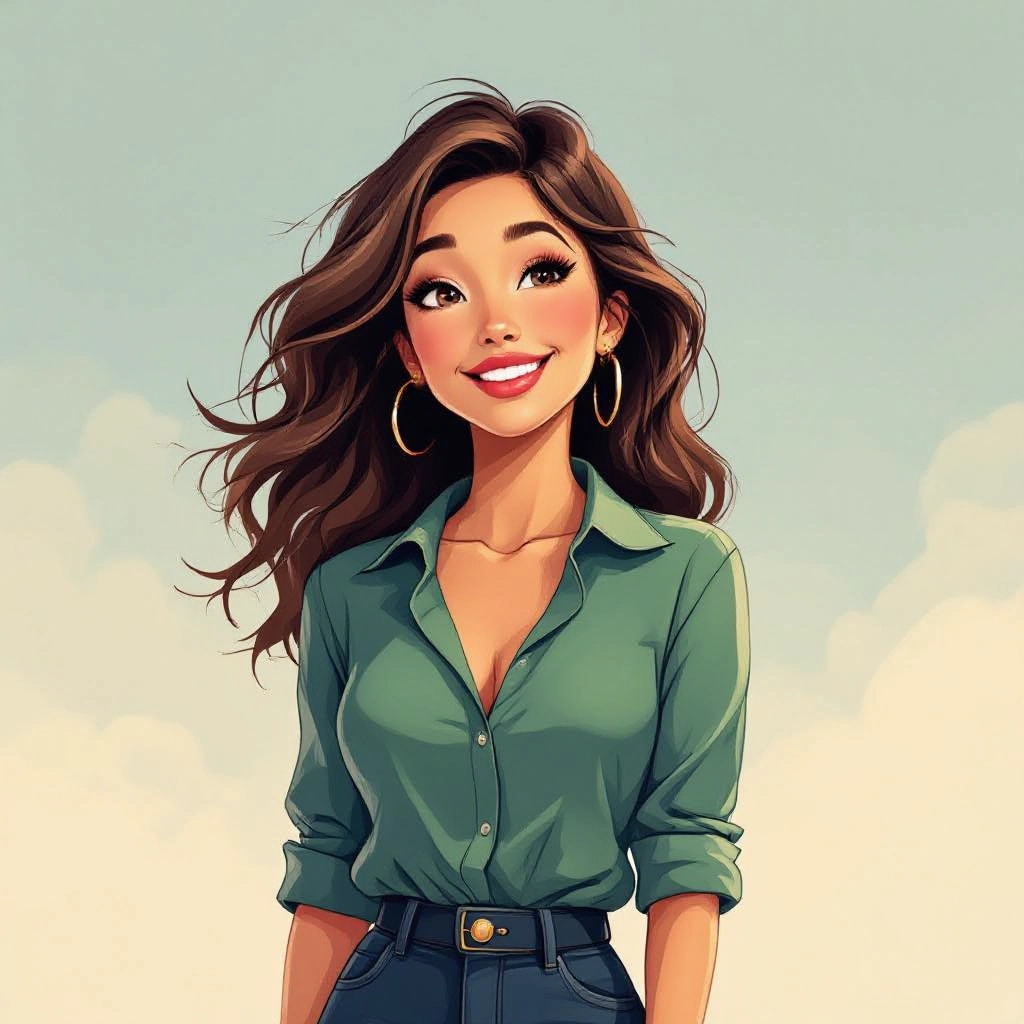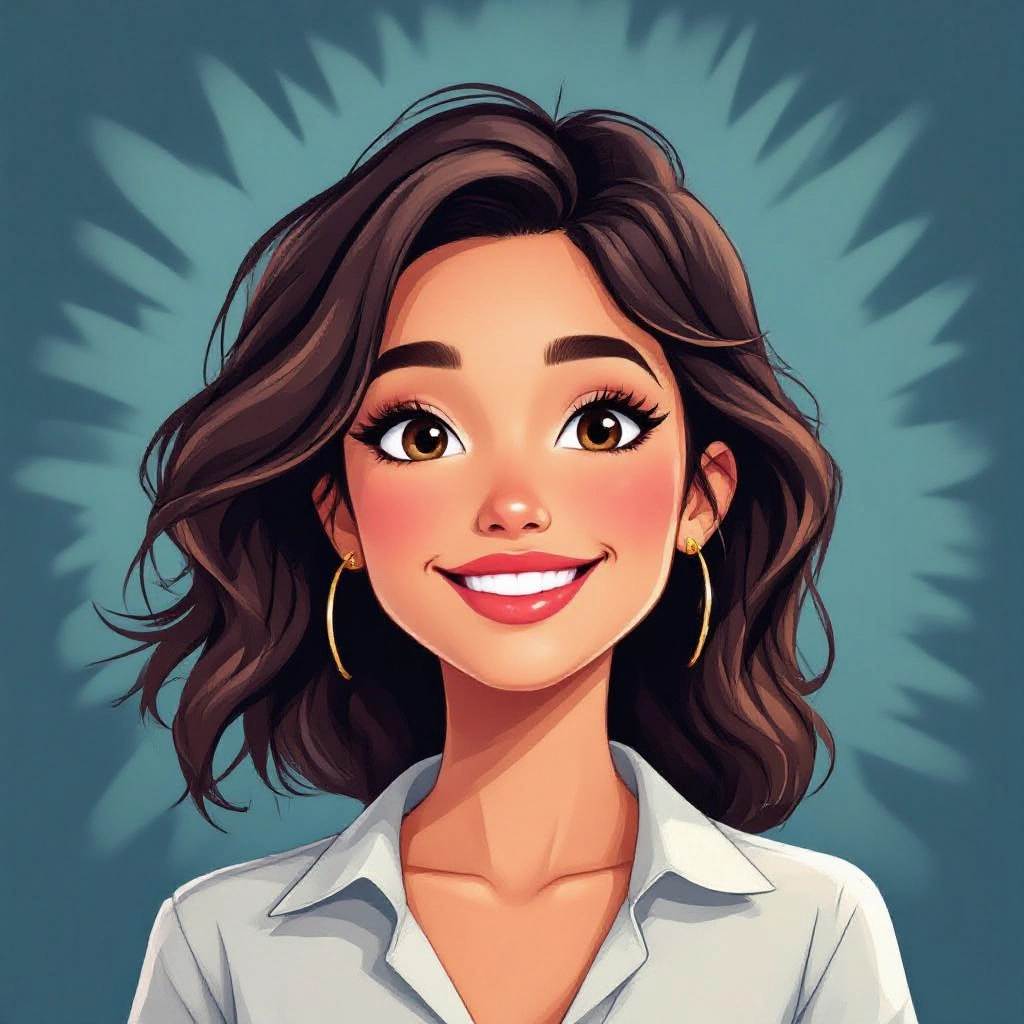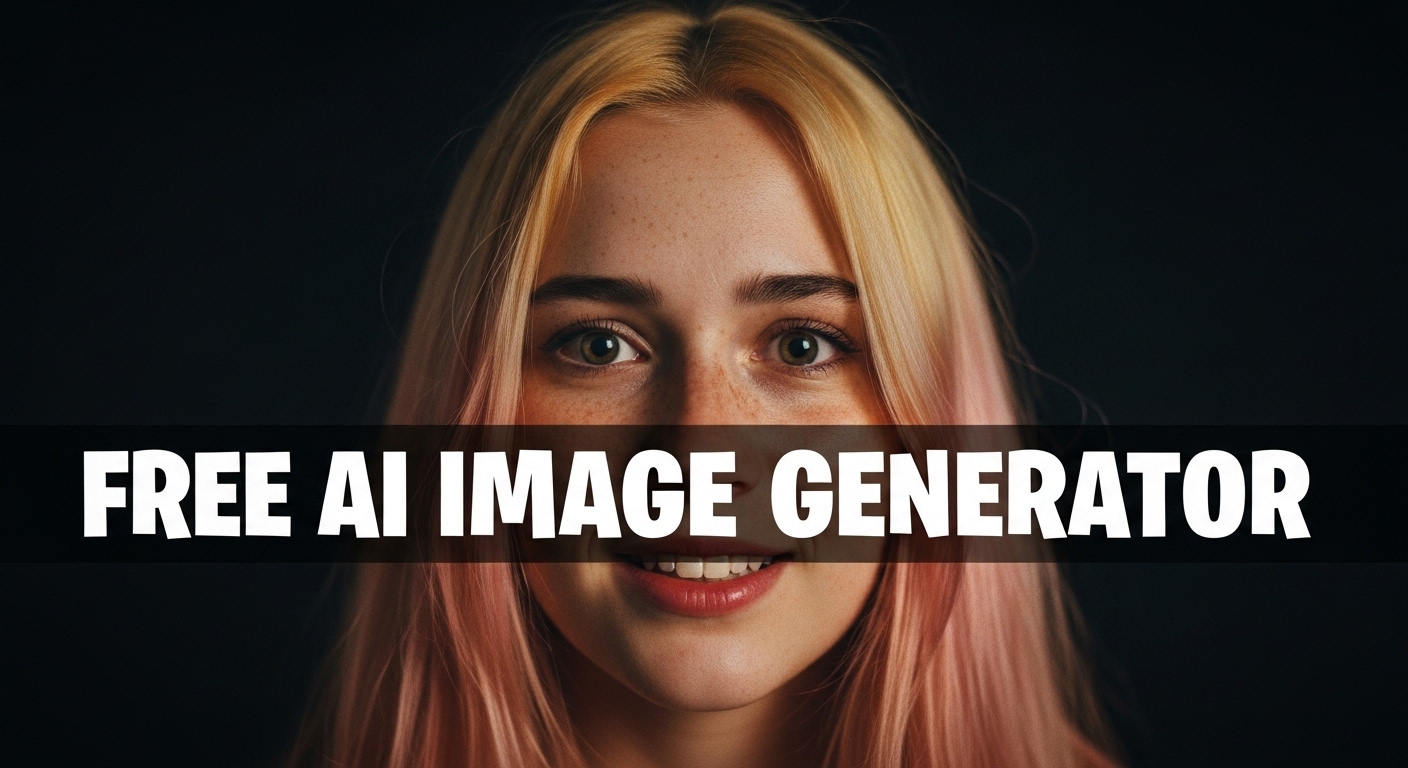Material Design Image Generator
Material Design Image Generator is a free online tool to generate material design style images. The tool is free to use, just enter prompt in material design style and generate material design image style in seconds similar quality to flux, midjourney, open ai, imagen, nano banana AI image quality.
Generate Material Design AI Image for Free
What is a material design Generator?

A Material Design Generator is an AI-powered image tool tailored to produce visuals that follow material design principles: consistent elevation layers, responsive shadows, tactile surfaces, bold yet harmonious color systems, and geometric grid alignment. Instead of generic imagery, this generator outputs compositions that emphasize elevation hierarchy, surface treatment, and motion-ready layouts so images feel native to Material UI ecosystems.
Product designers, interface artists, front-end engineers, and marketing teams use this generator to create on-brand assets quickly. It speeds up concepting for app screens, icon sets, onboarding illustrations, and promotional visuals by producing material-consistent imagery that integrates easily into design systems and developer handoffs.
How to Create material design Images
Create material design images in three steps: Step 1: Describe the composition, specifying elevation, color palette, layout grid, and any components like cards or FABs. Step 2: Choose style modifiers such as flat versus layered, level of shadow intensity, corner radius, and motion emphasis to match Material UI guidelines. Step 3: Generate and refine by adjusting elevation values, hue accents, or alignment until the image aligns with your design token system, then export optimized assets for screens or prototypes.
Enter AI Material Design Prompt

Type your material design character or scene description in the prompt box. Include details like character appearance, clothing, expressions, and setting to get better AI material design results.
Choose AI Model Settings

Select your preferred image size and aspect ratio. Our AI model delivers professional quality comparable to:
- • Flux AI Quality
- • Midjourney Standard
- • OpenAI DALL-E
- • Google Imagen
Download AI Material Design Image

Once your AI material design image is generated, click the download button to save it to your device. The image will be in high quality format ready for use.
Features of AI material design Image Generator

Layered Elevation Controls
Precise elevation sliders let you define multi-layer depth across elements so images reflect true material hierarchy. Control z-levels for cards, floating action buttons, and surfaces to simulate real UI stacking.

Adaptive Shadow Engine
Dynamic shadow rendering adapts blur, offset, and opacity to elevation and light direction. Shadows maintain material fidelity across responsive sizes for consistent tactile perception.

Canonical Color Systems
Built-in material color presets and theming tools produce harmonious primary, secondary, and accent palettes. Generate imagery that aligns with Material Theming and supports light and dark surface variants.

Grid and Geometry Alignment
Automated grid snapping and geometry controls enforce material spacing, baseline, and component ratios. Output maintains pixel rhythm for icons, lists, and layout modules used in production UI.

Motion and Interaction Presets
Include motion cues such as elevation transitions, ripple hints, and element reveal timing. Export frame sequences or static compositions that imply interactive behavior consistent with material motion specs.
Types of AI Powered Material Design Style Images
Explore material design variations tailored to distinct needs, from flat system art to expressive Material You themes. Each variation emphasizes specific material techniques like elevation, color theming, motion, or layout density.
Flat Material Interface Art
Minimal surfaces with restrained elevation, strong typographic focus, and bold color blocks suitable for simple dashboards and marketing hero images.
Elevated Card Compositions
Layered cards with realistic depth, soft adaptive shadows, and consistent corner radii ideal for component previews, feature lists, and UI showcases.
Material Theming (Personalized)
Palette-driven variations that reflect Material You concepts by generating images that adapt color accents, tonal palettes, and surface contrasts to custom brand tokens.
Isometric Material Scenes
Isometric views that preserve material lighting and layered shadows for illustrative product diagrams, onboarding visuals, and conceptual maps.
Iconography and Glyphs
Material-style icons and glyph sets with precise grid alignment, consistent stroke weights, and elevation cues for use in toolbars and action buttons.
Motion-Ready Frames
Static frames that imply motion through staged elevation and overlay transitions, useful for prototyping animated interactions and onboarding sequences.
Applications of AI material design image style
UI Mockups and Screen Art
Generate polished screen mockups that reflect real elevation and spacing rules, accelerating design iteration for mobile and web interfaces.
Onboarding Illustrations
Create cohesive onboarding sequences that use material layering and motion hints to guide user attention and reinforce brand tone.
Icon and Asset Libraries
Produce consistent icon sets and component images aligned to material grid systems for immediate integration into design systems.
Marketing and App Store Visuals
Design promotional banners and store screenshots that translate material language into marketing compositions while preserving UI recognizability.
Design System Prototyping
Rapidly prototype theming options and elevation rules to validate tokens, spacing, and color interactions before engineering implementation.
Educational and Documentation Graphics
Create instructive visuals that explain material concepts like elevation, shadows, and motion to teams and stakeholders.
FAQs about AI material design image generator
Can I customize elevation and shadow intensity?
Yes. The generator exposes elevation controls and shadow parameters so you can tune z-levels, blur radius, offset, and opacity to match Material Design elevation guidelines or custom system needs.
Are generated images optimized for different screen densities?
Generated assets can be exported at multiple resolutions and DPR targets. The tool preserves geometry and shadow fidelity across standard densities for mobile and desktop use.
Can I apply my brand color tokens or Material Theming?
You can import or define custom color tokens and the generator will apply them to primary, secondary, and surface layers, producing images that align with your Material Theming specifications.
Is the output editable in design tools?
Yes. Export options include layered SVG and high-resolution PNG. Layered formats keep elevation groups, color fills, and geometry separable for further editing in Figma, Sketch, or Illustrator.
Does the generator support motion previews?
It supports motion-ready frame exports and simple transition sequences that illustrate elevation changes and reveal timing. For full animations you can import frames into prototyping tools.
What licensing applies to images produced by the generator?
Licensing varies by platform. Generally you can use generated images in commercial projects, but you should review the specific terms for attribution, redistribution, and usage limits before publishing.

Explore All Image Generators
More generators coming soon!
